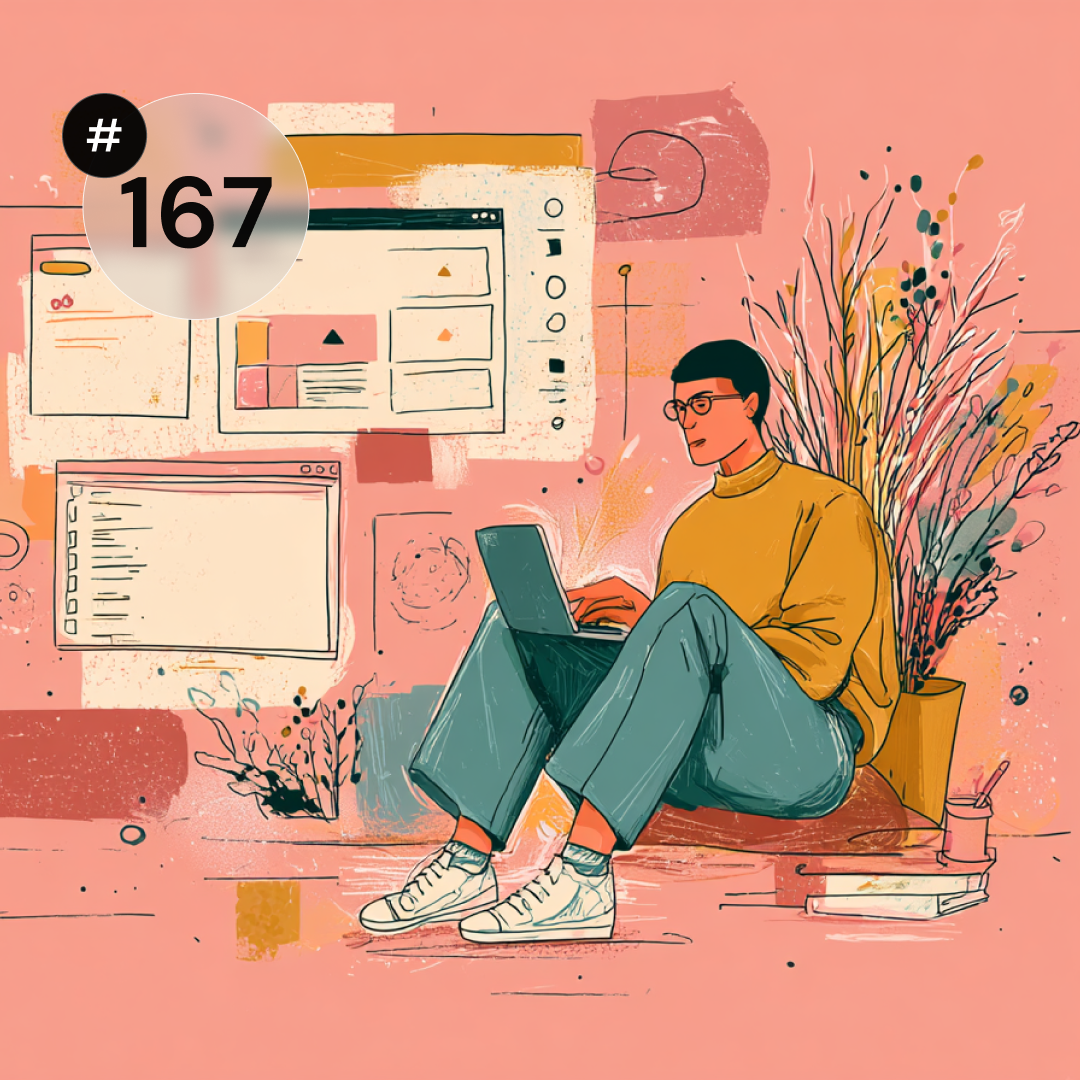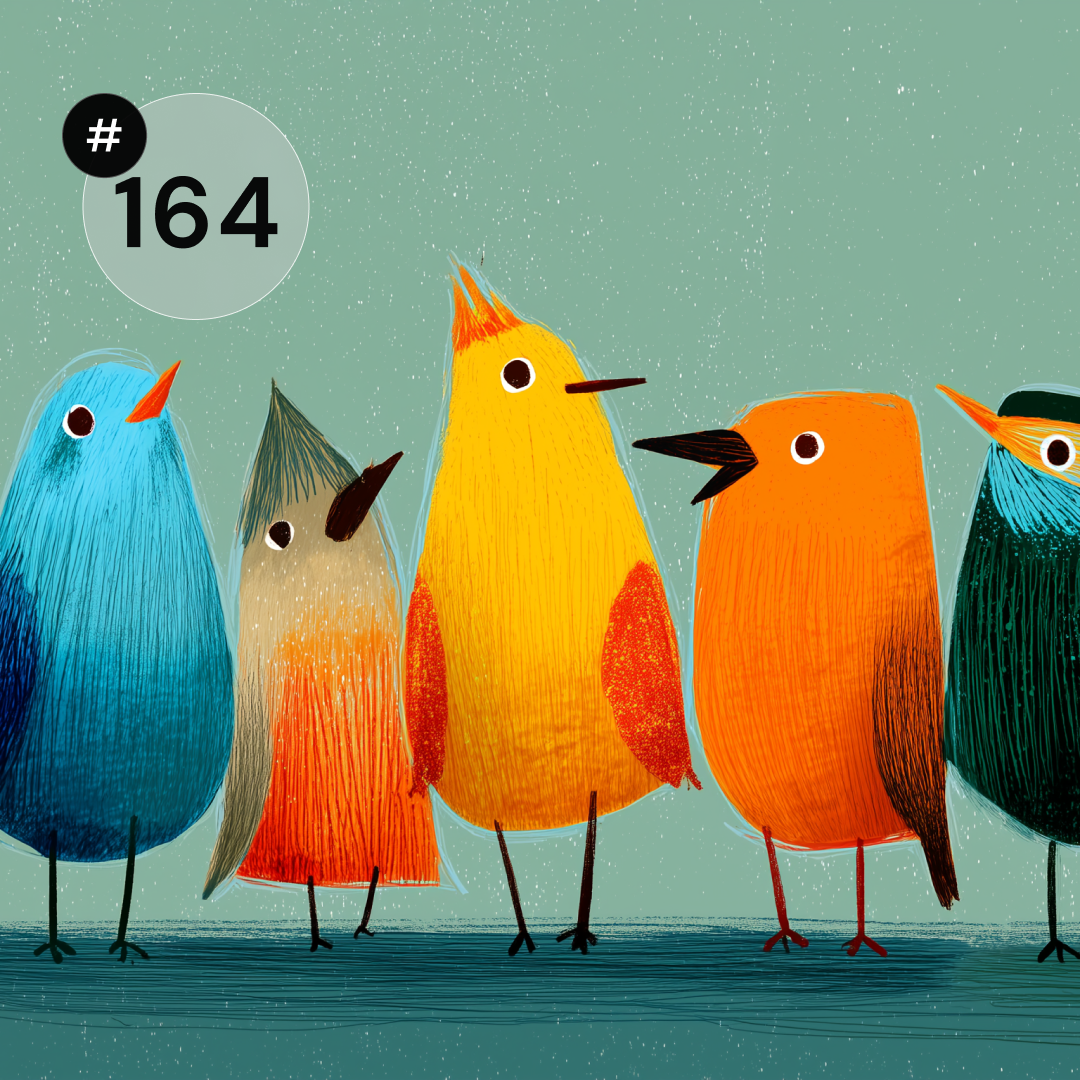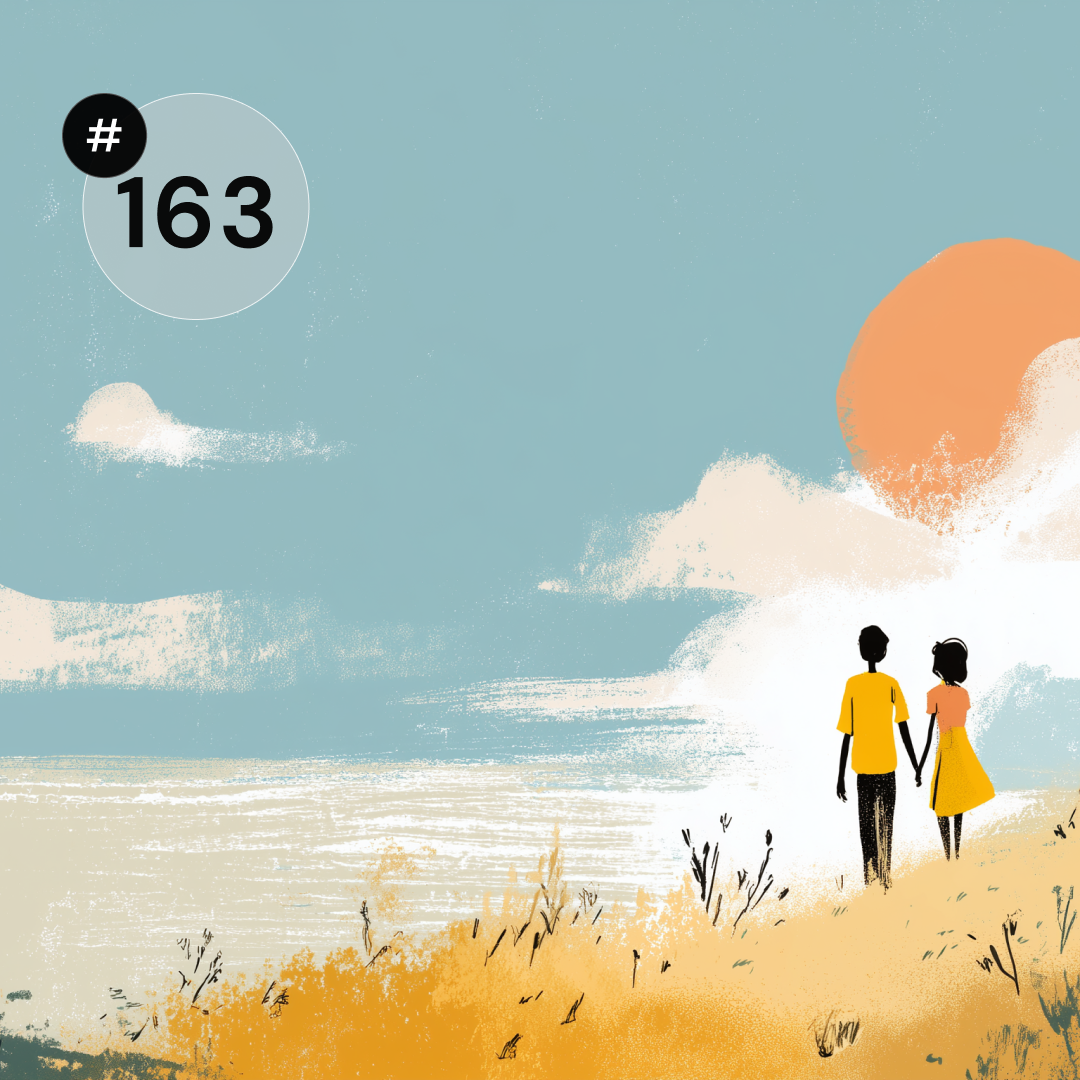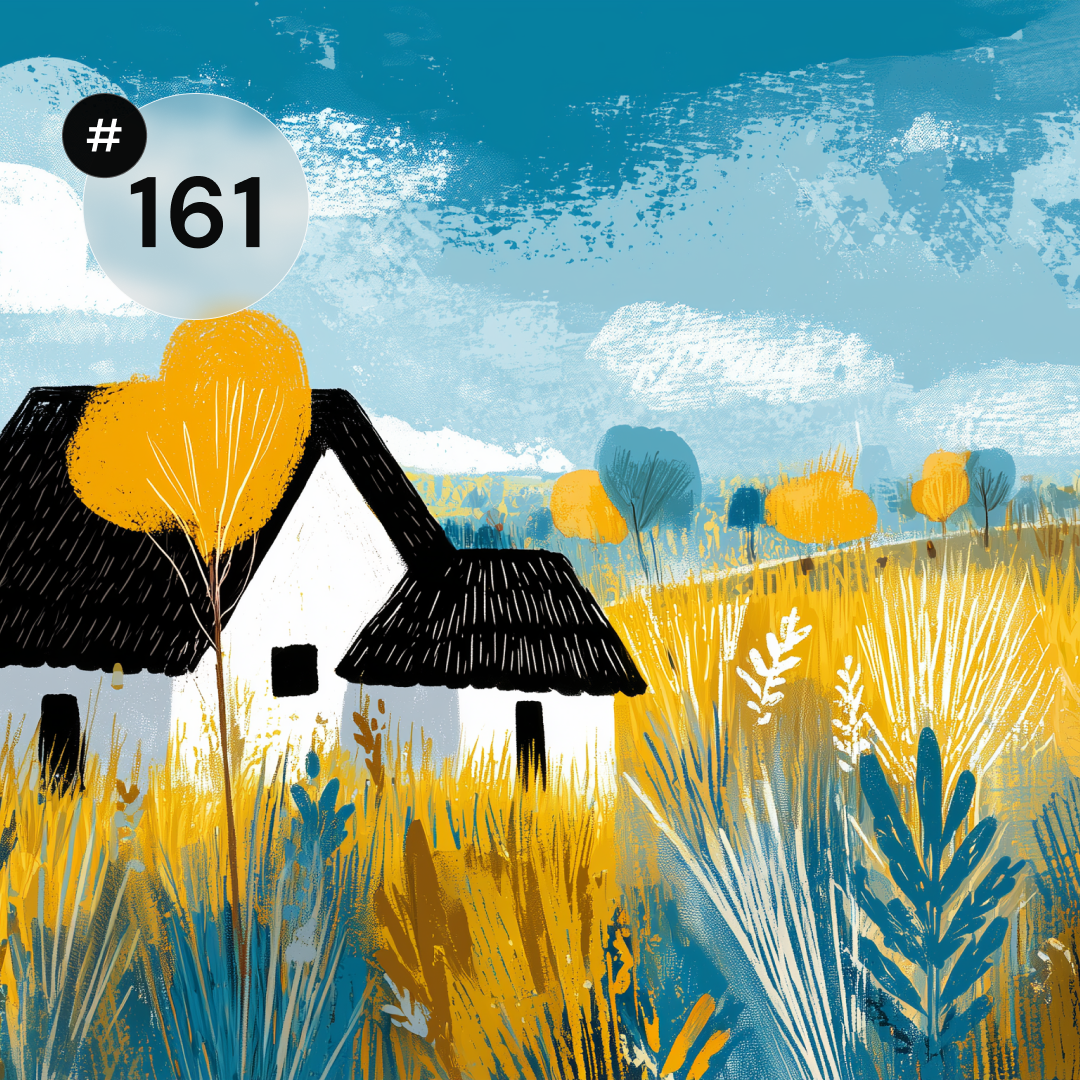We wish all Moms a wonderful and successful celebration of their Day and if tomorrow's holiday does not concern you in any way, we leave you a new list of articles from the world of UX. In today's compilation you will read about, among others, the Hawthorne effect, Maslow's hierarchy of needs and their relationship with design, and clever ways to use sticky menus.
Hawthorne Effect
This name refers to the change in the behavior of the study participants as a result of the awareness of being observed, which usually translates into the reliability of the results. IN Article published by Nielsen Norman Group we read about what precautions can be taken in the design and conduct of studies and what methodology is recommended in order to avoid the influence of personal opinions of users on the study. The text also draws attention, among others, to the need to take into account the socio-cultural context of the subjects. Read the full article for more conclusions and observations.
Maslow's Hierarchy of Needs and Design
UX Planet Blog Article takes up a topic that comes back to us from time to time - the essence of understanding and meeting the expectations and needs of users. The author points out the importance of learning about needs and preferences and whether and why emotions should be taken into account and provide users with a positive experience. The text states, quite rightly, that one of the factors of success in design is a deep understanding and concern for users and a desire to constantly learn designers, but is there anything else?
Cookie files
In an article published on Smashing Magazine you will read about not necessarily good practices related to cookie notifications and their inaccessibility to users. The text draws attention to abuses related to incorrect use of notifications, which can negatively affect the accessibility of websites. Various issues are discussed: hiding relevant content, no option to reject cookies, and restricting access for users using screen readers.
Stikk menus
A popular design pattern, the so-called. sticky menu, that is, the menu that remains visible even when scrolling the page has its advantages and disadvantages. On Blog Smart Interface Design Patterns various strategies for implementing this element are discussed, such as placing it at the top of the page, sliding it from the top area or placing it permanently on the screen. Issues related to responsiveness, adaptation to different devices and the need to base this type of solution on the analysis of the specific needs and objectives of the website are also addressed.
Interface future
Christopher Reardon in your text presents a vision of the future based on interfaces that are able to recognize the user's intentions and thus anticipate their needs, and identifies the different technologies and trends that contribute to increasing the chances of such a scenario being successful. The article addresses issues of privacy, ethics, responsible design and the potential behind intelligent interfaces. We encourage you to read!












